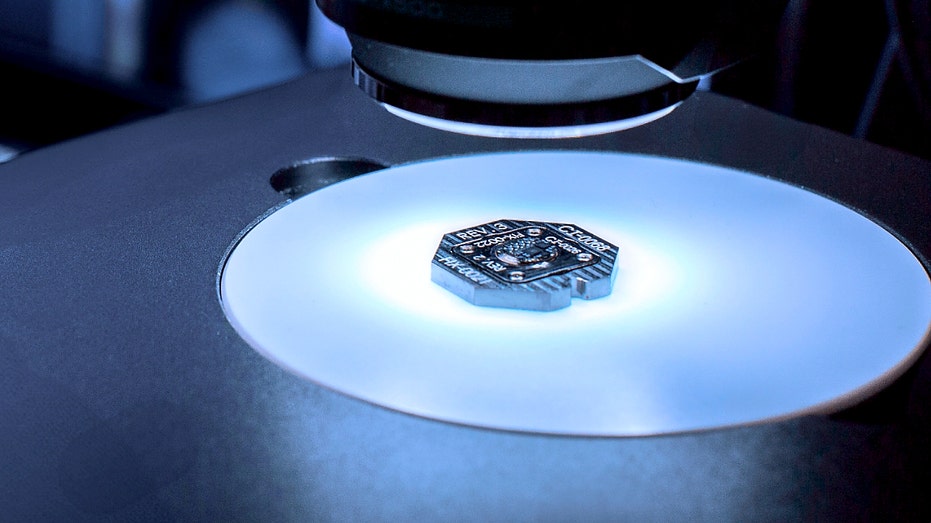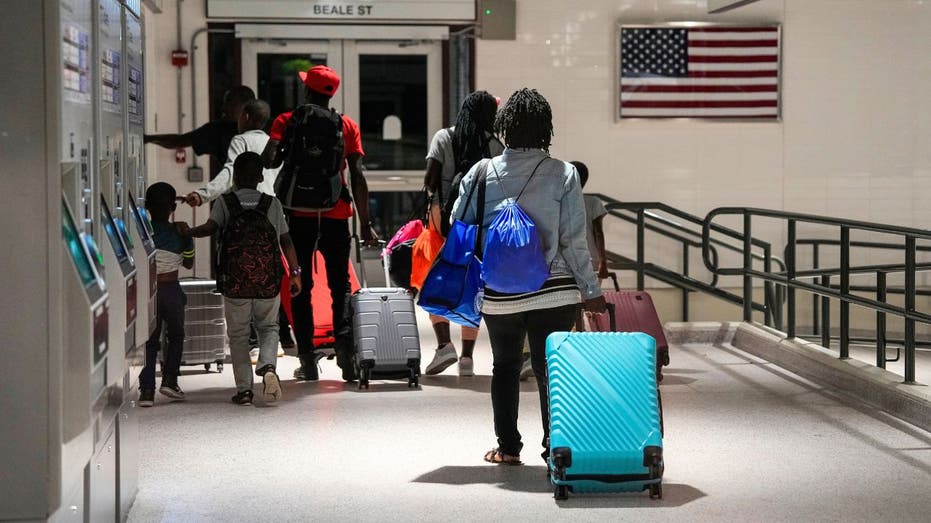A U.S. neurotechnology startup called Paradromics is gaining momentum in the fast-growing field of brain-computer interfaces. The FDA has approved its first human trial built to test whether its fully implantable device can restore speech for people with paralysis. This milestone gives the Austin company a strong position in a competitive space, shaping the future of neural technology.
Paradromics received Investigational Device Exemption status for the Connect-One Early Feasibility Study using its Connexus BCI. It is the first approved study to explore speech restoration with a fully implantable system. The research team wants to evaluate safety and see how well the device converts neural activity into text or a synthesized voice.
Sign up for my FREE CyberGuy Report. Get my best tech tips, urgent security alerts and exclusive deals delivered straight to your inbox. Plus, you’ll get instant access to my Ultimate Scam Survival Guide — free when you join my CYBERGUY.COM newsletter.
BRAIN IMPLANT TURNS THOUGHTS INTO DIGITAL COMMANDS
Paradromics developed a fully implantable speech-focused brain device called the Connexus BCI. The company designed it to capture detailed neural signals that support real-time communication for people who cannot speak. This system uses high-resolution electrodes and an implanted wireless setup to record activity from individual neurons involved in forming speech.
The Connexus BCI has a titanium body with more than 400 platinum-iridium electrodes placed just below the brain's surface. Each electrode is thinner than a human hair. These electrodes record neural firing patterns in the motor cortex, where the brain controls the lips, tongue and larynx.
Surgeons place the implant under the skin and connect it with a thin cable to a wireless transceiver in the chest. That transceiver sends data through a secure optical link to a second transceiver worn on the body. The external unit powers the system with inductive charging similar to wireless phone chargers.
The collected signals then move to a compact computer that runs advanced language models. It analyzes the neural activity and converts it into text or into a synthetic voice based on the user's past recordings.
The trial begins with two participants. Each person will receive one 7.5-millimeter-wide electrode array placed 1.5 millimeters into the part of the motor cortex that controls the lips, tongue and larynx. During training sessions, the volunteers will imagine speaking sentences while the device learns the neural signatures of each sound.
This is the first BCI trial that formally targets real-time synthetic voice generation. The study will also test whether the system can detect imagined hand movements and translate those signals into cursor control.
If early results meet expectations, the trial could expand to ten people. Some participants may receive two implants to capture a richer set of signals.
HOW A TINY RETINAL IMPLANT IS HELPING PEOPLE REGAIN THEIR SIGHT
Cyberguy reached out to Paradromics for comment and received the following statement:
"Communication is a fundamental human need. For people with severe motor impairment, the inability to express themselves with family and friends or request basic needs makes living difficult. The FDA approved clinical study for the Connexus Brain-Computer Interface is the first step toward a future where commercially available neurotech can restore the ability to naturally speak and seamlessly use a computer.
The fully implanted Connexus BCI is designed to record brain signals from individual neurons, capturing the massive amounts of data required for high performance applications like speech restoration and complex mouse and keyboard hand actions. Built from proven medical-grade materials, Connexus BCI is engineered for daily long-term use, backed by more than three years of stable pre-clinical recordings.
Paradromics joins Synchron and Neuralink at the front of the implanted BCI race. Synchron uses a stent-like device placed in a blood vessel to record broad neural patterns. Neuralink uses flexible threads with many recording sites to capture high-bandwidth signals from individual neurons.
Paradromics sits in the middle of these two approaches by using a fully implantable system that still captures single-neuron detail. Researchers believe this design may offer long-term stability for everyday communication.
This breakthrough could make a major difference for people who lost their ability to speak after ALS, stroke or spinal cord injury. A system that converts thought into speech could help them talk in real time and regain independence. It may also allow hands-free computer control, which can improve daily living.
If the trial succeeds, the tech could change how assistive communication devices work and speed up patient access to advanced tools.
Think your devices and data are truly protected? Take this quick quiz to see where your digital habits stand. From passwords to Wi-Fi settings, you’ll get a personalized breakdown of what you’re doing right and what needs improvement. Take my Quiz here: Cyberguy.com
BRAIN IMPLANT FOR EPILEPSY TESTED IN 20-MINUTE SURGERY
Paradromics is taking a careful but bold path toward practical BCI communication. The first stage is small but meaningful. It sets the foundation for devices that may restore speech with natural flow and faster response times. As more trials move forward, this field could shift from experimental to everyday use faster than many expect.
Would you trust a fully implanted brain device if it meant restoring communication for someone you care about? Let us know by writing to us at Cyberguy.com
Sign up for my FREE CyberGuy Report Get my best tech tips, urgent security alerts and exclusive deals delivered straight to your inbox. Plus, you’ll get instant access to my Ultimate Scam Survival Guide — free when you join my CYBERGUY.COM newsletter
Copyright 2025 CyberGuy.com. All rights reserved.



